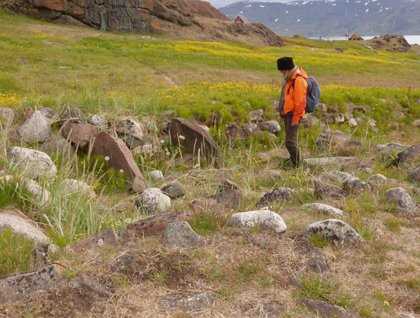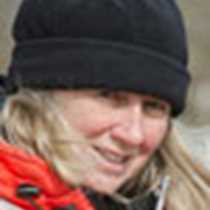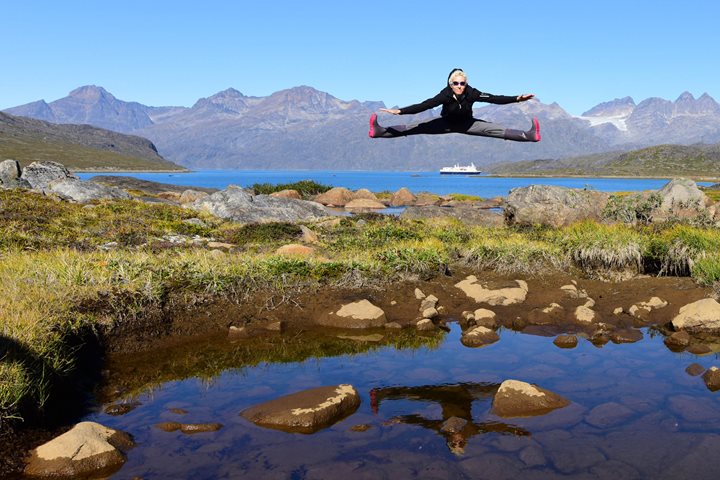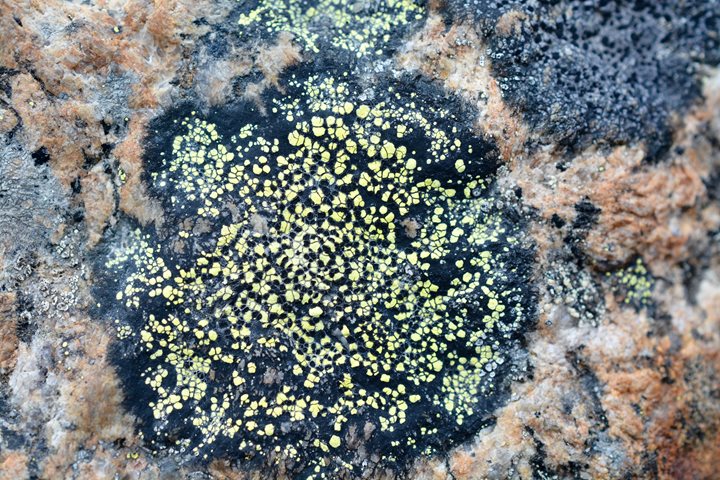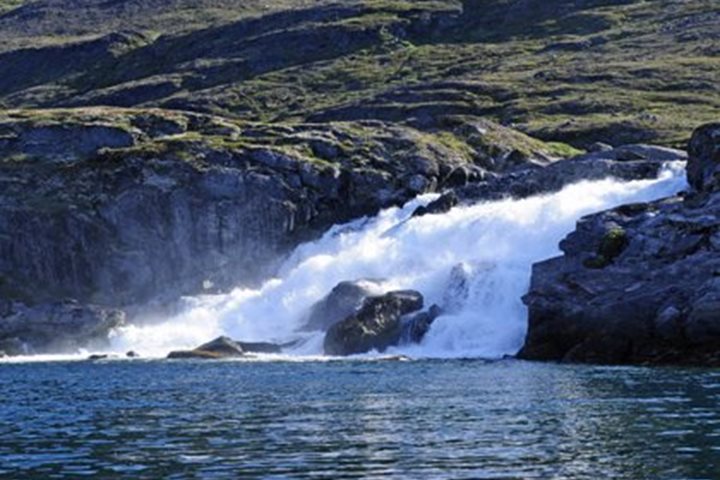A photographic image should convey a sense of place transporting the audience to the heart of the locale. And in this search for the message of the land we open our eyes to all that is around.
Near one thousand years ago adventurers such as we sailed from the sea. Their boats were strong and seaworthy but not near as comfortable as ours. Did their seeking eyes discover a world truncated by pale gray clouds and a pathway littered with drifting sculptures of ice as we did today? Surely they would have keyed upon the narrowing channel and lower verdant slopes as they sought a new homeland, where food and water, shelter and space were just right for themselves and their livestock. We certainly noticed the lower slopes where rich green grasses grew and modern tractors deposited their marshmallow bales of hay. Farms were scattered along the shores, their colorful houses dwarfed by massive livestock sheds. This was Eriksfjord, the place that Eirikur Thorvalsson (Erik the Red) chose to be his own. He too christened this large island with what to some might think was an ironic name. Greenland might look like an impressive cap of ice from the air, but here in the south, within protected fjords, it definitely is green and it most certainly can sustain a tiny population with an agricultural base. And that it did for near five hundred years. Then suddenly they were gone, those Vikings who for a time lived at the edge of their known world.
Old and new blended today under skies that brightened and offered us glimpses of blue. Upon the estate of Erik the Red, the tiny settlement of Qassiarsuk grew, its inhabitants farming the land as well as caring for the archaeological treasure in their midst. The walls of byres with sandstone slabs creating stalls still stand waiting for the tiny cows of days gone past. A church’s foundation is enclosed within a wall defining the site of hallowed ground where mats of yellow buttercups and purple beach peas were spread. Only remnants remain, their stories told by past excavations. One wonders what new mysteries might be revealed in the future as the shores are nibbled away and ancient middens revealed. Nearby, on a gentle rise with a view of the fjord, a reconstructed longhouse and a replica of Thjordhild’s church afforded us a look at the lifestyle of the Vikings.
Scarce days ago we were in Iceland in the same broad fjord where Erik the Red hid out before he headed west. Now as we leave the Eastern Settlement and set our course to the north, we depart with a better sense of this place and of those North Men of long ago.

